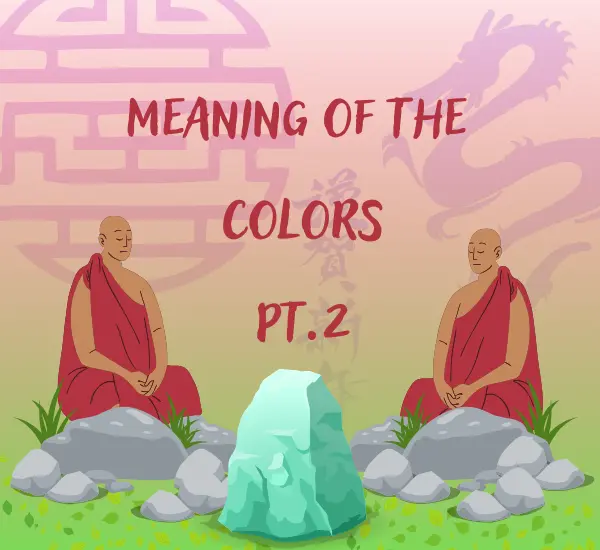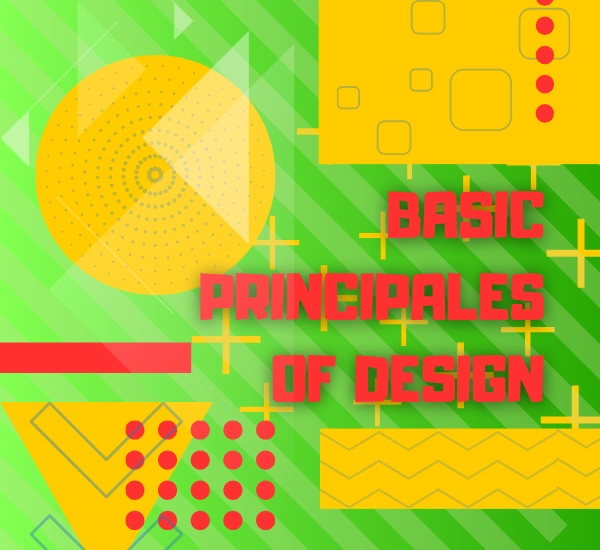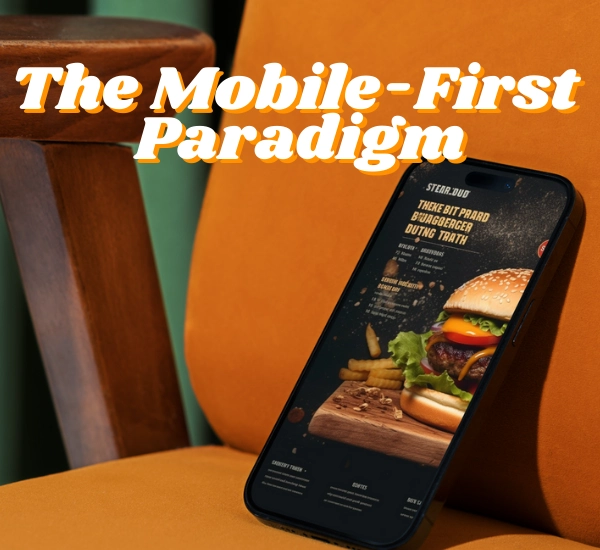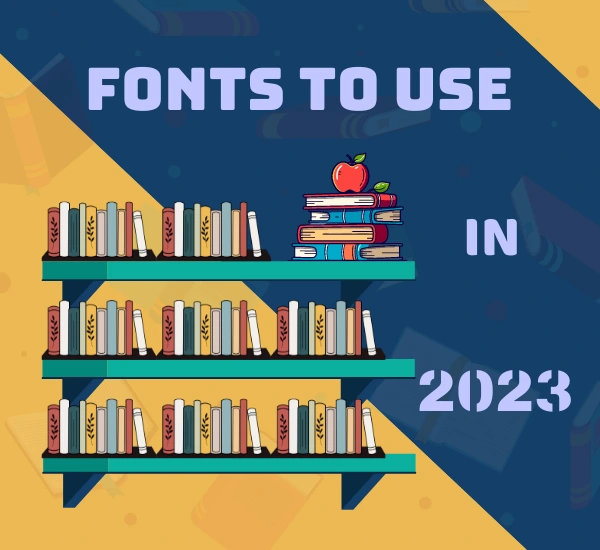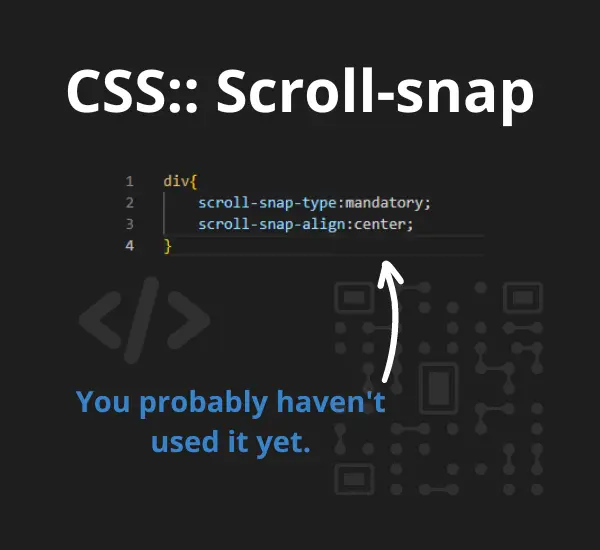
Serif vs. Sans-Serif Fonts: Unveiling the Differences
Introduction
Typography is an art form that speaks volumes about a design’s personality and intent. Two primary categories of fonts, serif and sans-serif, play distinct roles in shaping visual communication. In this blog post, we’ll dive into the nuances of serif and sans-serif fonts, shedding light on their differences and how to choose the right one for your projects.
Serif Fonts: Classic Elegance
Serif fonts are characterized by the small lines, or serifs, that extend from the ends of each letter. These little strokes provide a classic, timeless appearance. The serifs help guide the eye along the text and create a sense of flow, making them an excellent choice for long-form content like books, newspapers, and academic articles.
Examples of Serif Fonts:
- Palatino: A classic font with an elegant and readable design, often used in print typography.
- Garamond: Characterized by subtlety and aesthetics, works well in books and documents.
- Didot: A font with distinct and slender letters, often used in projects with a luxurious character.
- Rockwell: Distinguished by bold and prominent letters, giving it strength and impact in headlines.
Sans-Serif Fonts: Modern Simplicity
Sans-serif fonts, as the name suggests, lack the decorative serifs. This absence gives them a cleaner and more modern look. Sans-serif fonts are often associated with simplicity, minimalism, and clarity, making them a go-to choice for digital content, user interfaces, and contemporary designs.
Examples of Sans-Serif Fonts:
- Calibri: Designed for readability on screens, Calibri is a popular choice in documents and presentations.
- Verdana: Characterized by generous letter spacing, making it exceptionally legible even at small sizes.
- Open Sans: A versatile font with a friendly appearance, perfect for websites and user interfaces.
- Fira Sans: Gaining popularity for its modern aesthetic and good legibility across different devices.
Choosing Between Serif and Sans-Serif Fonts
The choice between serif and sans-serif fonts largely depends on the context and the intended message of your design. Consider these factors:
- Medium: For print materials, serif fonts are often favored due to their readability and traditional feel. On digital screens, sans-serif fonts tend to be more legible.
- Audience: Consider the preferences and expectations of your target audience. Serif fonts might convey a sense of tradition and seriousness, while sans-serif fonts can feel modern and approachable.
- Brand Identity: Your brand’s personality and image should align with the chosen font style. A law firm might opt for a serif font to evoke professionalism, while a tech startup might lean towards a clean sans-serif for a contemporary vibe.
Conclusion
The choice between serif and sans-serif fonts is a creative decision with practical implications. Each category brings its unique charm to designs. By understanding the characteristics of each font type and considering the context of your project, you can make an informed decision that enhances the visual impact and readability of your content.





